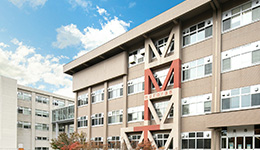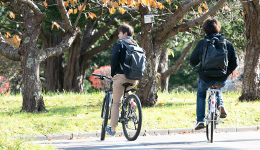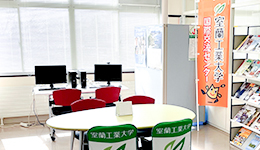Architecture and Civil Engineering Course
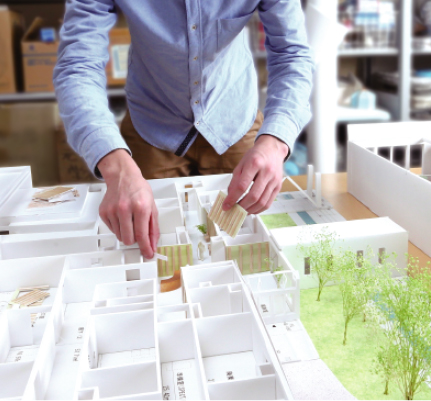
I want to think about technology to prevent natural disasters! I want to learn how to create a comfortable living environment!
We provide education and research that covers everything from the fundamentals to applications of architecture and civil engineering, including buildings such as houses and other buildings, civil structures such as roads, bridges, and tunnels, the living spaces in which we live, the urban planning that supports our lives, and disaster-resistant town planning.
About the Education Program
Acquire general knowledge and basic skills to move on to the specialized fields of "Architecture" and "Civil Engineering"
Students will systematically study the academic fields of architecture and civil engineering, and will be trained to become engineers who can practically learn the planning, design and construction techniques for buildings, roads, bridges, parks, dams and other structures, and who can contribute to the creation of a safe, secure and comfortable social environment from a broad perspective.
In the first year, students will study common subjects for the Faculty Faculty of Science and Engineering, as well as common subjects for natural sciences and information sciences, to develop the foundations of science and engineering and acquire the ability to use data.
In the second year, students will study the basics of other courses through specialized foundation subjects to improve their basic engineering skills, as well as course-wide subjects and basic specialized subjects for each track of architecture and civil engineering. In addition, students will learn the basics of semiconductor engineering regardless of their specialty.

Architecture Track
Students will systematically study subjects related to design and planning, environment and production, structure, and practice, with a focus on the designated subjects for the architect examination.
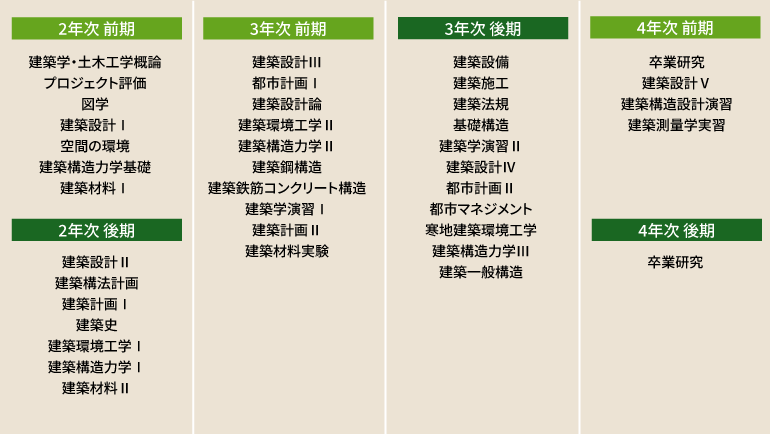
Civil Engineering Track
Students will systematically study subjects in the fields of geotechnical, structural and material, hydraulic, planning and transportation, sanitation, and practical work, with a focus on civil engineering subjects required for design and construction management.

Flow of the four years
First year
By studying common subjects for the Faculty Faculty of Science and Engineering, as well as common subjects for natural science and information science, students will develop the basics of science and engineering and acquire the ability to use data. In the second semester, students will also take an Introduction to Engineering course to learn the outline of each course.
Second Year
In the first semester, students will study the basics of other courses through specialized foundation subjects to improve their basic engineering skills, as well as course-wide subjects and an introduction to architecture and civil engineering. Students will also learn the basics of semiconductor engineering regardless of their specialty. In the second semester, students will study basic specialized subjects for each track, architecture and civil engineering.
Third Year
From the second semester of the second year, students will continue to focus on specialized track subjects.
Students study required and elective subjects for each track, acquiring specialized knowledge that is the core of each field, and acquiring applied skills through practical training.
Fourth Year
The main part of learning in the fourth year is practical learning through graduation research. By applying the knowledge acquired up to that point to achieve the tasks set in each field, students will develop problem-solving skills as well as an essential understanding of the knowledge.
Architecture Truck Pickup
About the classes
Architectural design I
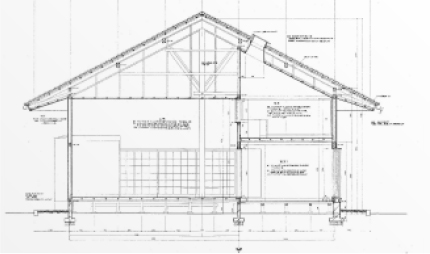
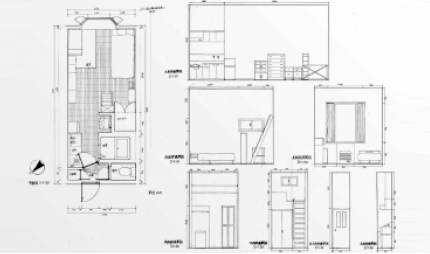
This is a practical course to learn drawing techniques, which are the basis of architectural design. Students will learn "basic expressions and rules for various architectural drawings (floor plans, elevations, etc.)" and "how to use drawing tools." In practice, students will create drawings based on actual measurements of their own rooms, and copy and trace drawings of existing houses (wooden) and public buildings (reinforced concrete structure).
About the Research
Research on childcare support services in urban parks in response to the declining population
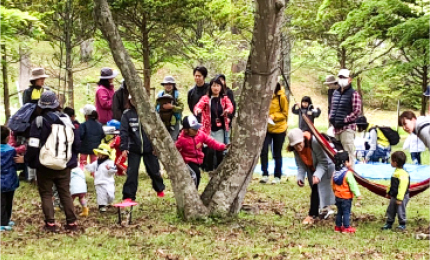
In recent years, as socio-economic conditions have changed, such as a rapid decline in population and an aging society, there is a demand for new value to be created in architecture and urban development in response to these changes.
Up until now, city parks have been developed and stocked with a park area per person of 10 m2/person, and the total area across the country is roughly the same as that of the main island of Okinawa (120,000 ha), but city parks are also in a situation where new value needs to be created.In this situation, childcare support services in new city parks are attracting attention as a way to deal with the declining population.
This study will examine the current state of child-rearing support services in urban parks, the increase in park usage resulting from the implementation of child-rearing support services, the possibility of human resource development through these services, and park management strategies for this purpose.
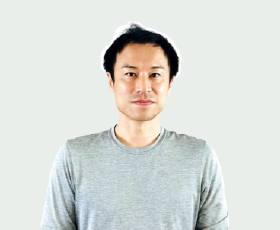
Professor Tsuneshi Ichimura
Research Field
Landscape, Urban Management, Environmental Planning
Main research themes
New business and management in urban parks to solve local issues
Civil Engineering Truck Pickup
About the classes
Civil Engineering Experiment
In order to understand the properties of "soil," "reinforced concrete," and "water," which are important for the design and construction of civil engineering structures such as roads, bridges, rivers, and harbors, students will conduct standard soil tests, reinforced concrete experiments, and hydraulic experiments that are used in practice. Students will learn how to understand the properties of "soil," "reinforced concrete," and "water" based on the results of these experiments, deepening their understanding of the theories and knowledge they learned in lectures. This class also develops communication skills through group work.
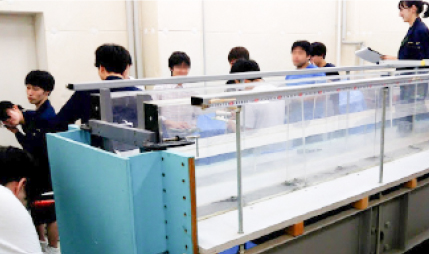
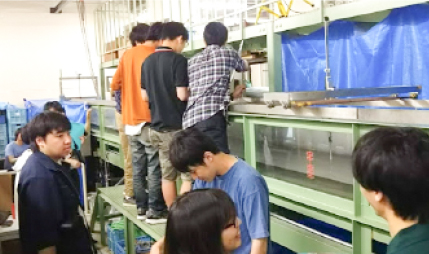
About the Research
Predicting water risks caused by global climate change and preparing for disasters

In recent years, there have been frequent disasters caused by "guerilla downpours" where heavy rain falls in a short period of time and unprecedented heavy rain. At the same time, there are concerns about the decrease in snowfall and its sudden melting. The most commonly heard cause is global climate change.
Predicting such risks related to water will lead to disaster prevention measures and protect our safety. In this research, we use models like the one in the photo and simulation technology to investigate the water and sediment phenomena that occur during floods, and consider what countermeasures we can take. We also explore the mechanisms of the water cycle throughout the basin, including precipitation, snowmelt, evapotranspiration, and runoff, and consider the impact of climate change on water use and the water environment, as well as countermeasures.

Professor Makoto Nakatsugawa
Research Field
Hydrology, river engineering, water environment engineering
Main research themes
Impacts of climate change on floods, water resources and the water environment, and adaptation measures; flood forecasting; natural restoration of rivers and wetlands
Licenses and qualifications available
driver licence
- High school teacher license (industrial) *Teacher training course credits required
Qualifications
- Qualification to take the first-class architect examination (requires a certain amount of work experience after graduation)
- Qualifications for taking the second-class architect exam
- 1st and 2nd class construction management engineers (requires a certain amount of work experience after graduation)
- Surveyor
- Assistant Engineer, etc.
Employment situation
Architecture Track
- Obayashi Corporation
- Shimizu Corporation
- Kajima Construction
- Taisei Corporation
- Takenaka Corporation
- Toda Construction
- Kumagai Gumi
- Nishimatsu Construction
- Fujita
- Iwata Chizaki Construction
- Ito Construction
- Daiwa House Industry
- Dokon
- Hokkaido
- Muroran Institute of Technology Graduate School, etc.
Civil Engineering Track
- Ministry of Land, Infrastructure, Transport and Tourism Hokkaido Regional Development Bureau
- Hokkaido
- Toyama Prefecture
- Sapporo City
- Hakodate City
- Kajima Construction
- Obayashi Corporation
- Taisei Corporation
- Nishimatsu Construction
- Dokon
- Nippon Koei
- Yachiyo Engineering
- Hokkaido Electric Power
- Hokkaido Railway Company
- Muroran Institute of Technology Graduate School, etc.

